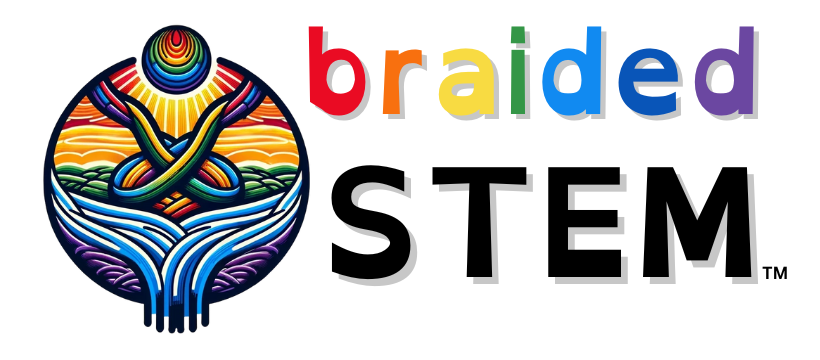Games for STEM
STEMAZing games develop spatial reasoning, strategy, problem solving, collaboration, communication skills and more.
#MicDropMath Card Tricks for Young Mathematicians
Key Question How can we use math to entertain our family and friends with card tricks they think are magic? Learning Objectives Children will be curious about… learn the steps for performing two different self-working ...
#MicDropMath Playing Card Tricks
There are card tricks which are slight of hand and card tricks which rely on the discrete mathematics inherent to a regular deck of cards. These card tricks fall into the latter category and are ...
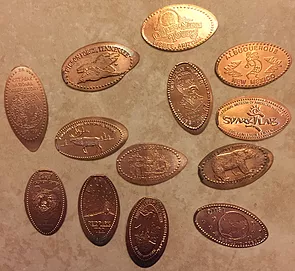
13 Pennies
13 Pennies is a fantastic strategy game which can take lots of twists and turns. Pennies (smashed or not) can be replaced with any bits and pieces - bingo chips, rocks, pieces of paper, etc ...
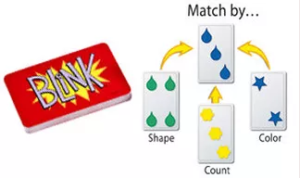
Blink
BLINK is the lightning-fast game where two players race to be the first to play all of their cards. How fast can you match? NOTE: BLINK can be played using IOTA cards! ...
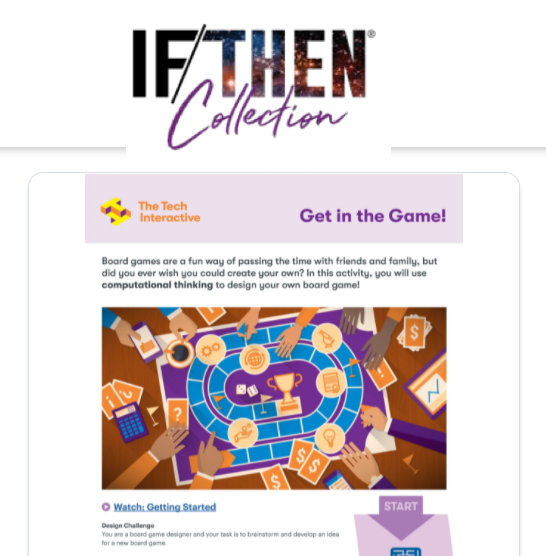
Get in the Game from The Tech Interactive
A great lesson from If/Then that allows game designers (3rd-8th grade) to create a game in 90 minutes. Site includes student handouts and teacher guide ...
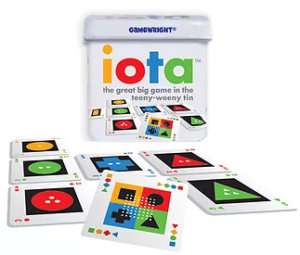
Iota
IOTA reinforces spatial relations, visual discrimination, and strategic thinking. Look, see, play and score... a lot! Add cards to a grid, making sure the attributes of color, shape, and number are either all the same or ...
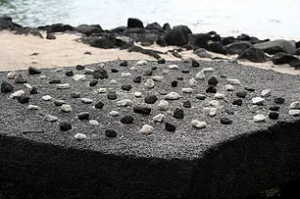
Konane
Konane is a traditional game from Hawaii which is quite simple to learn but takes a lifetime to master! Start small on a 5x6 gameboard and work up from there ...
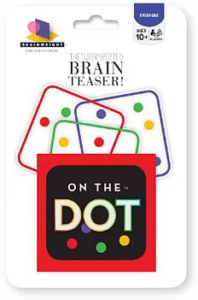
On the Dot
On the Dot reinforces spatial relations and visual discrimination. See spots like never before! Try to arrange four transparent squares so they perfectly match the pattern shown on the dots card. Flip, rotate, and overlap ...
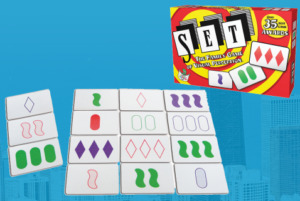
SET
Race or collaboratively find a SET of three cards where each attribute (color, shape, number, and shading) is either all the same value or all different values on each card. SET builds cognitive, logical, and ...
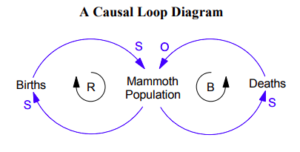
The Mammoth Game from Creative Learning Exchange
In this activity, teams of students play a dice and graphing game to track the population growth and decline of a herd of twenty mammoths. By changing variables and probabilities with the dice, students can ...
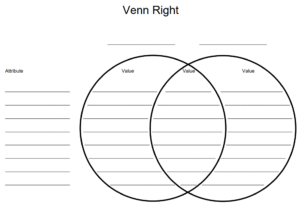
Venn Right
Don't do a Venn wrong. Have students use this Venn diagram which calls out the attributes and values to help identify similarities and differences. Virtual Google Slide Version of Venn Right (make a copy to ...
